Dealing with legacy lethargy
Companies may want to save money by keeping legacy systems, but this could be an expensive mistake that makes them less attractive to work for

Upgrading your company’s computing infrastructure costs money, but it can also save money. This is the dilemma faced by so many organisations. The legacy systems have already been paid for and feel like they now represent no ongoing cost to the business. The corporation may also consider that the risk of incompatibility with some old but essential software outweighs the benefits of upgrading. But this could well be a false economy.
The most obvious problem with continuing to use older computing hardware is the performance of employee systems. This is an area that improves every year with new equipment, and software features move up with it. That means older hardware will increasingly struggle to run the latest applications with the most recent features. Even if the software runs, it is likely to be slower, hampering employee productivity. This can even affect employee retention. IDC has found that 64 per cent of employees said that the technology they had been provisioned with impacted their productivity, and 56 per cent said this affected their willingness to stay with a company long term. Older hardware also increasingly encounters technical issues as it ages. “You get to a point where the PC starts to have problems,” says Michael Norquist, business client director at Intel. “You might need to add memory to keep things running.”
While it’s possible to keep using older software that will run comfortably on older hardware without performance issues, that in turn opens a further risk – security. Diligent software vendors will keep patching old releases for a reasonable amount of time, but eventually this support ends. Windows 7, for example, reached end of life on 14 January 2020, so it stopped receiving security updates at that point. Any systems still running Windows 7 will be wide open to exploits that have been developed over the nearly two years since then. Similarly, support for Microsoft Office 2010 ended on 13 October 2020.
Even if the software is still being supported, the hardware itself may not offer the full range of features to provide the most recent protection. New threats are being developed all the time, and some of these now operate below the level of applications, operating system, and even firmware. The impact of not providing protection can be enormous. “According to Jack Gold Associates, the average cost of a data breach was globally $3.86 million, and in the US on its own, $8.64 million,” says Nordquist. This could seriously damage the solvency of a corporation. “Older systems have fewer physical capabilities to protect you.”
This will be accentuated as Microsoft Windows 11 rolls out. The protective Virtualisation-Based Security in the new operating system requires 8th Generation Intel® Core™ vPro® processors or later. “Some protective features functioning at the hardware level below the operating system have arrived in the last two years, such as control flow enforcement that protects against return-oriented programming (ROP) attacks,” says Nordquist. “This was a new feature in the 11th Generation of vPro Processors. Intel Hardware Shield also includes Total Memory Encryption and Threat Detection Technology with Malware and Crypto mining detection using CPU telemetry.”
The problem of old hardware has been particularly accentuated in the last year or so as the shift towards working form home has accelerated. This has forced employees to run intensive cloud enabled software, particularly videoconferencing. Some older hardware has struggled with the latter and made it problematic for remote employees to participate and collaborate with their colleagues virtually. “It’s all about whether you are enabling your employees to be productive,” says Nordquist. “Does their device have a high-quality camera, can it do multiple things at once, is the Wi-Fi performance adequate, can it drive multiple monitors? After all, for someone working from home this will be how they interact with customers as well as co-workers, and this needs to give the right impression.” Their device doesn’t just need to be good enough for now. It also needs to be able to cope with future changes including new working practices, new operating systems and new applications.
Now that the employment model is moving towards a hybrid mode blending office activity with working from home, the locus of security has shifted. Previously, the emphasis was on protecting the perimeter of the office space, with all the systems inside kept safe by network-based defences such as a firewall. But when employee devices are frequently being used outside the office, accessing both public and private resources, the emphasis switches to the individual employee systems.
If a legacy security provision is premises-based, it will be very poorly equipped for the hybrid working model that is emerging post pandemic. Employee devices need a deeper level of built-in security such as the new features introduced with Intel 11th Generation of vPro processors, which can keep them protected whether they are being used in the office, at home, or on the road.
Whether in the office or working from home, these devices will also pose a problem for administration. Robust and feature-rich remote management is essential to ensure that systems being used at home are being maintained and software-patched as proactively as those on the office premises, usually as part of a large estate of remote and on-premises devices. “It’s all about up-time,” says Nordquist. “It will be a huge drop in productivity if their computer isn’t working and will cost the company money.” This problem is particularly amplified for remote devices, where IT teams will be less likely to have physical access.
Strong remote management is also fundamental when rolling out new systems, particularly as deployment models move towards “device as service”. Traditionally, a very limited range of systems would be available to employees, with a bespoke operating system and applications image that would be copied across in the office before the device was installed at an employee’s desk or handed over (in the case of a notebook). But that is now changing.
“Most corporations used to have a pre-provision system,” explains Nordquist. “Now companies can offer employees a choice from a wider range of commercial products. They can be supplied directly from a local source, which is great for remote workers. The corporate system can then be built remotely from the cloud using a unique ID, essentially self-provision by the employee. A host of devices can be pre-validated.”
Intel’s partnership with VMware to provide “chip to cloud” management via VMware’s Workspace ONE and the Intel vPro platform will greatly facilitate this remote system and software deployment. In a hybrid work environment, having a deployment system that works across on-premises and remote workers provides one seamless administration experience. This greatly enables the Device-as-a-Service model, which makes upgrading from legacy systems to devices employees will delight in using a positive driver for corporate success.
“Upgrading your IT fleet is more about a carrot than a stick,” says Nordquist. “What value can it bring, and what capabilities can it provide to make life better for employees and the company? It can empower your employees and do things better, and even help with recruiting because you’re giving new workers the perfect tools that they need to get the job done.”
This is the key thing when considering how to deal with legacy lethargy. It doesn’t just save money because employees gain better-performing systems, with greater security and better management. Upgrading to newer, better featured equipment can also incentivise staff to join the organisation and stay on board. Now that hybrid working modes are becoming much more mainstream, companies that offer this with mature support from devices such as those integrating Intel vPro platform technology can gain an edge. “IT upgrades are more than just a cost centre,” concludes Nordquist. “It can now be about how your organisation attracts and retains talent.”
Learn more about the Intel vPro platform at intel.co.uk/vpro
Get the ITPro daily newsletter
Sign up today and you will receive a free copy of our Future Focus 2025 report - the leading guidance on AI, cybersecurity and other IT challenges as per 700+ senior executives
ITPro is a global business technology website providing the latest news, analysis, and business insight for IT decision-makers. Whether it's cyber security, cloud computing, IT infrastructure, or business strategy, we aim to equip leaders with the data they need to make informed IT investments.
For regular updates delivered to your inbox and social feeds, be sure to sign up to our daily newsletter and follow on us LinkedIn and Twitter.
-
 AI is helping bad bots take over the internet
AI is helping bad bots take over the internetNews Automated bot traffic has surpassed human activity for the first time in a decade, according to Imperva
By Bobby Hellard
-
 Two years on from its Series B round, Hack the Box is targeting further growth
Two years on from its Series B round, Hack the Box is targeting further growthNews Hack the Box has grown significantly in the last two years, and it shows no signs of slowing down
By Ross Kelly
-
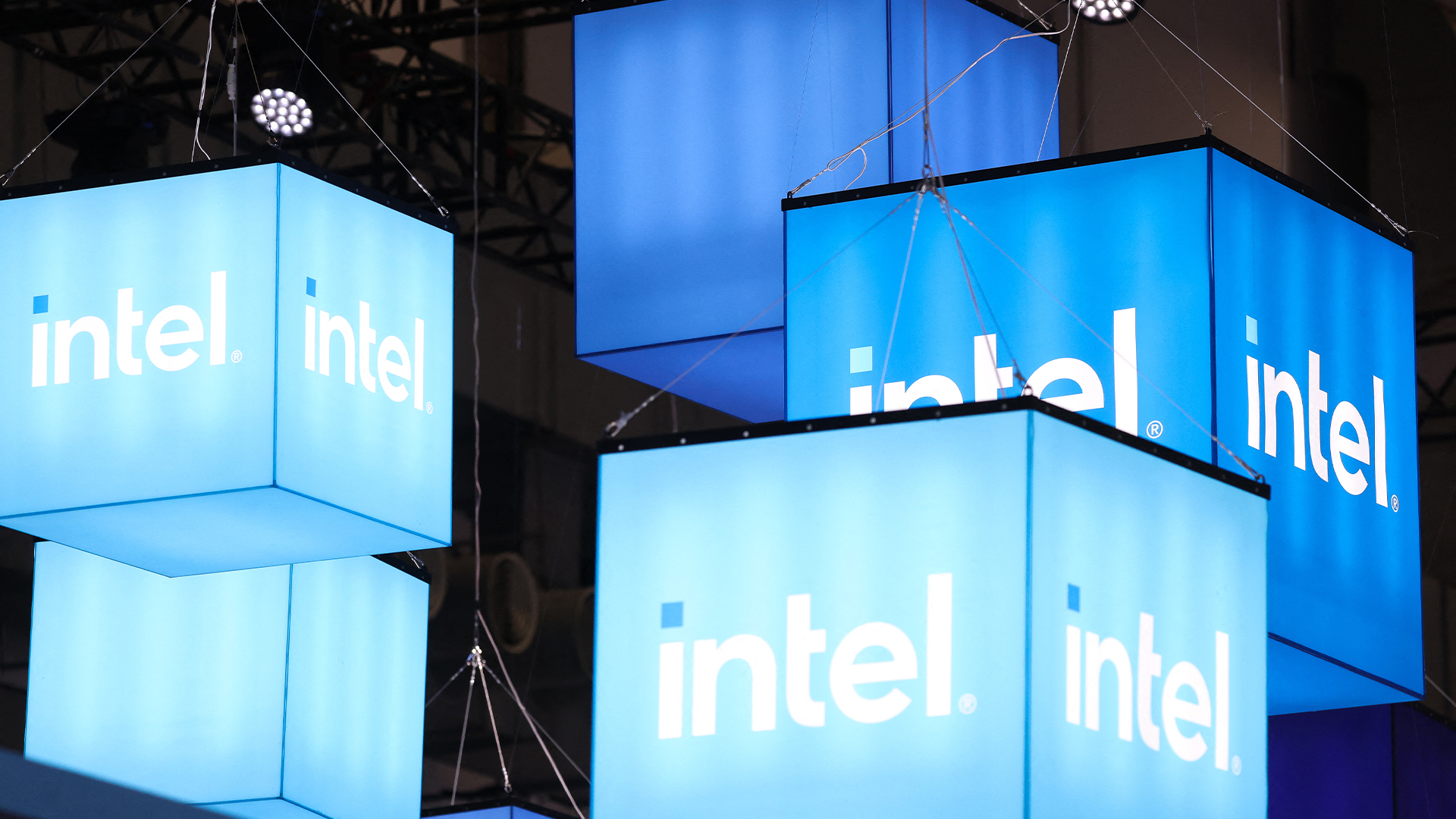 The gloves are off at Intel as new CEO plots major strategy shift
The gloves are off at Intel as new CEO plots major strategy shiftNews Intel’s incoming CEO has some big plans for the firm’s business strategy, sources familiar with the matter have told Reuters, with more job cuts looming on the horizon.
By George Fitzmaurice
-
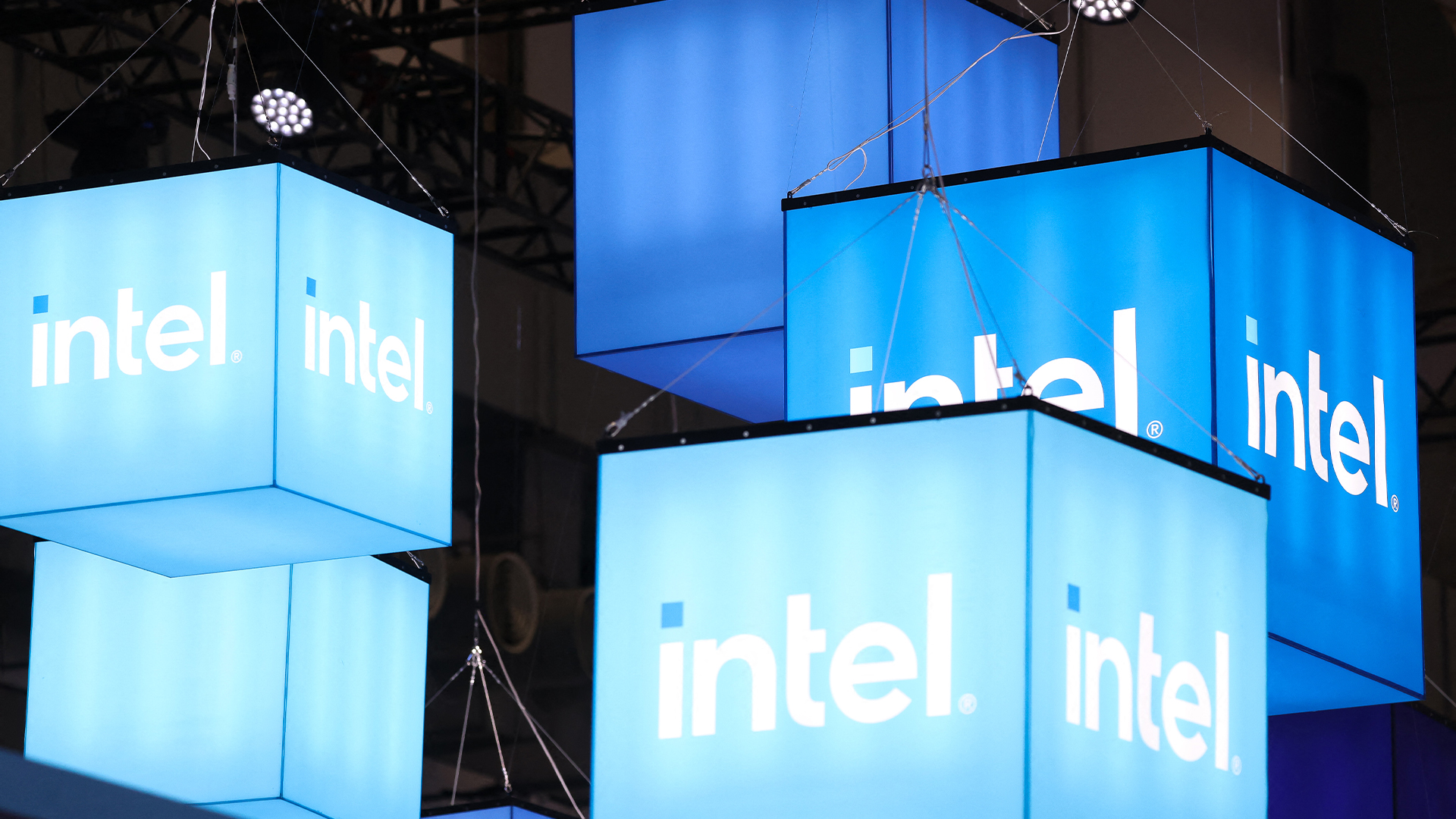 Intel just won a 15-year legal battle against EU
Intel just won a 15-year legal battle against EUNews Ruled to have engaged in anti-competitive practices back in 2009, Intel has finally succeeded in overturning a record fine
By Emma Woollacott
-
 AMD and Intel’s new x86 advisory group looks to tackle Arm, but will it succeed?
AMD and Intel’s new x86 advisory group looks to tackle Arm, but will it succeed?News The pair will look to make x86 CPU architecture more interoperable
By George Fitzmaurice
-
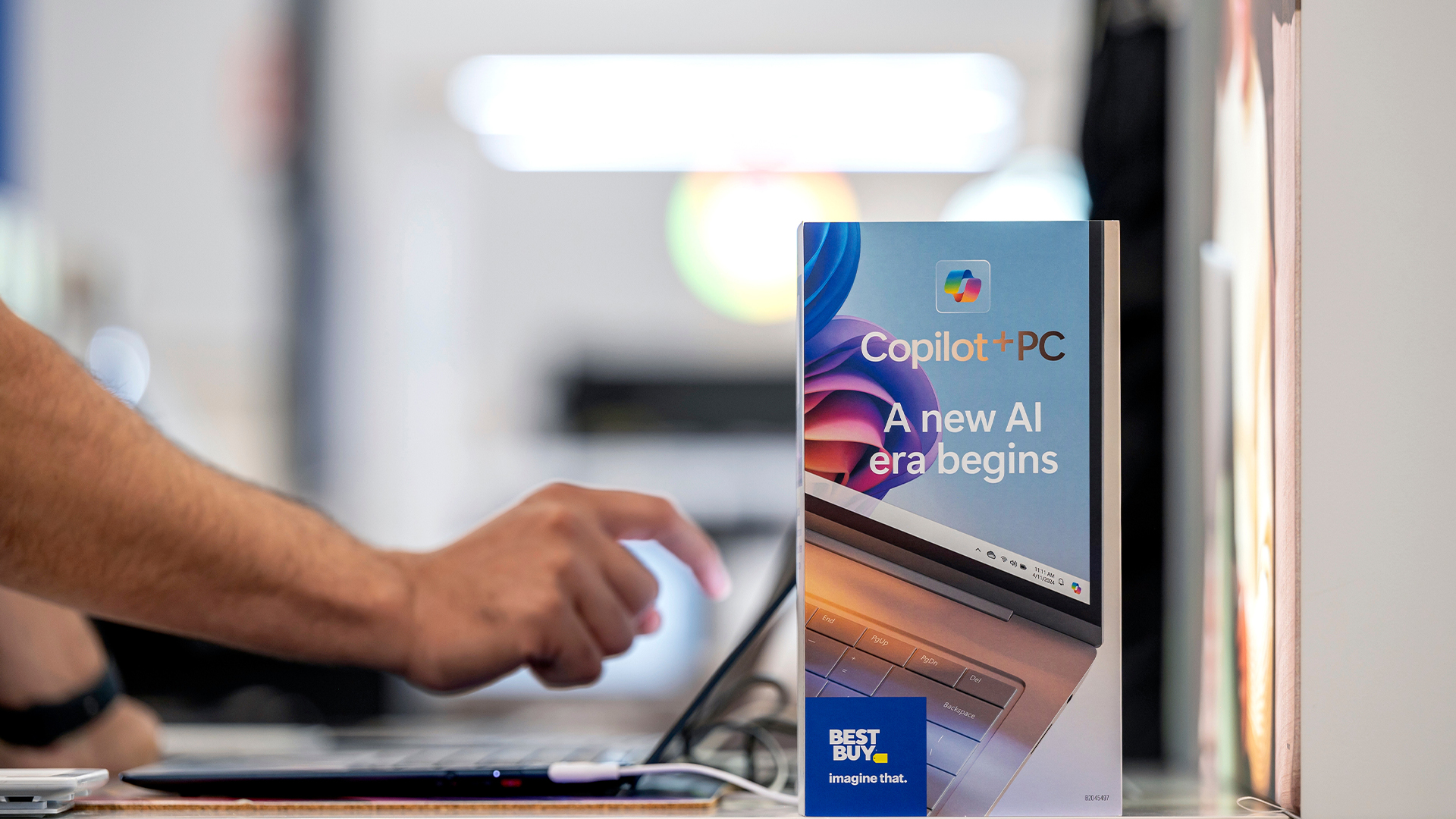 Why the world is about to be swamped with AI PCs
Why the world is about to be swamped with AI PCsNews With adoption rates set to surge, AI PCs will become far more mainstream in years to come
By Nicole Kobie
-
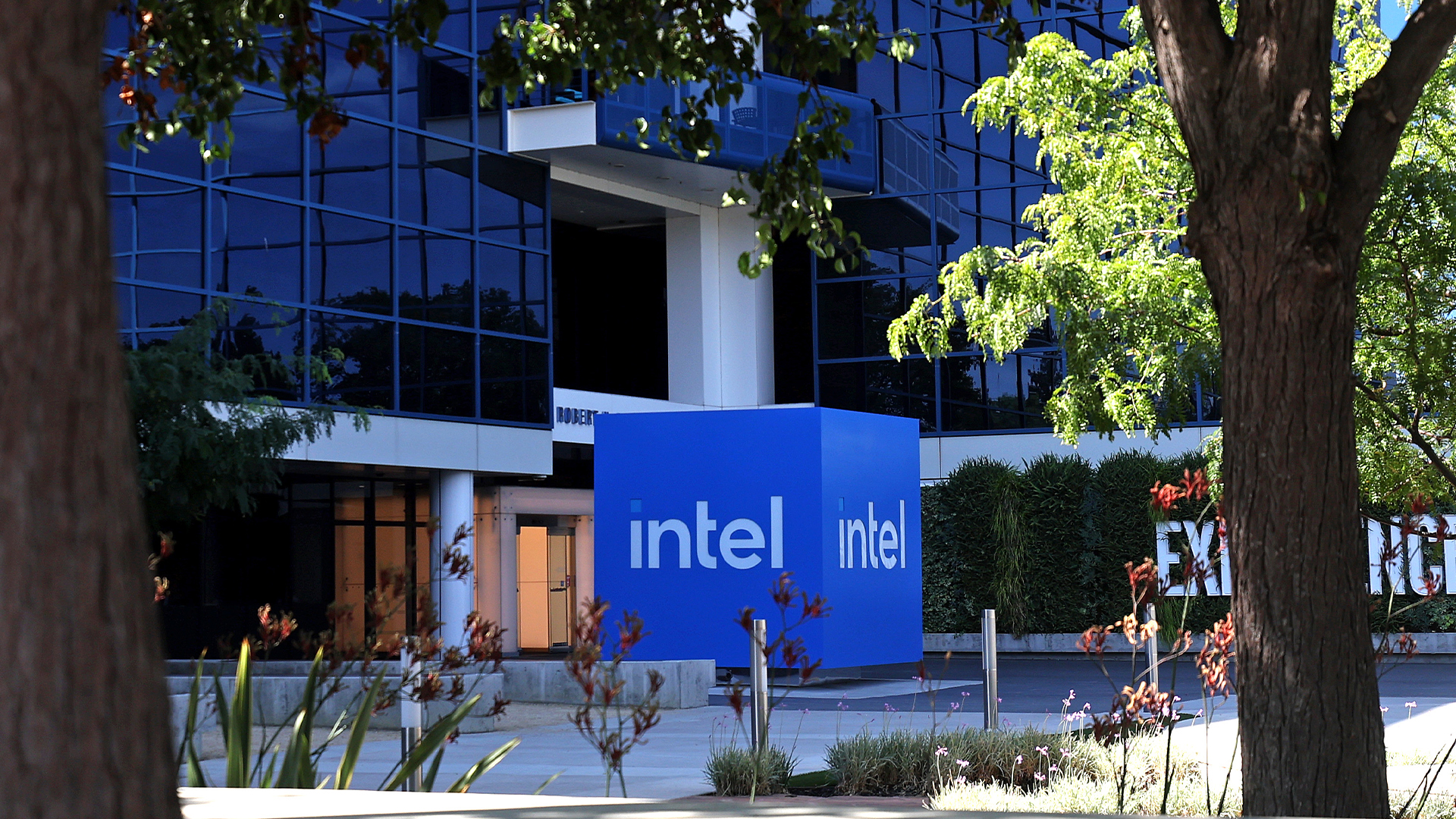 Intel needs to “get its story right” to turn things around and capitalize on the AI boom
Intel needs to “get its story right” to turn things around and capitalize on the AI boomAnalysis Intel has entered a period of uncertainty after announcing restructuring plans and a huge round of layoffs
By George Fitzmaurice
-
 How monitors deepen your employee experience and support your distributed workforce
How monitors deepen your employee experience and support your distributed workforcewhitepaper Drive business outcomes by empowering, enabling, and inspiring employees with the right monitors wherever they work from
By ITPro
-
 Forrester: Power up your hybrid workplace with monitors
Forrester: Power up your hybrid workplace with monitorswhitepaper Evolve remote work policies into work-and-learn-from-anywhere strategies
By ITPro
-
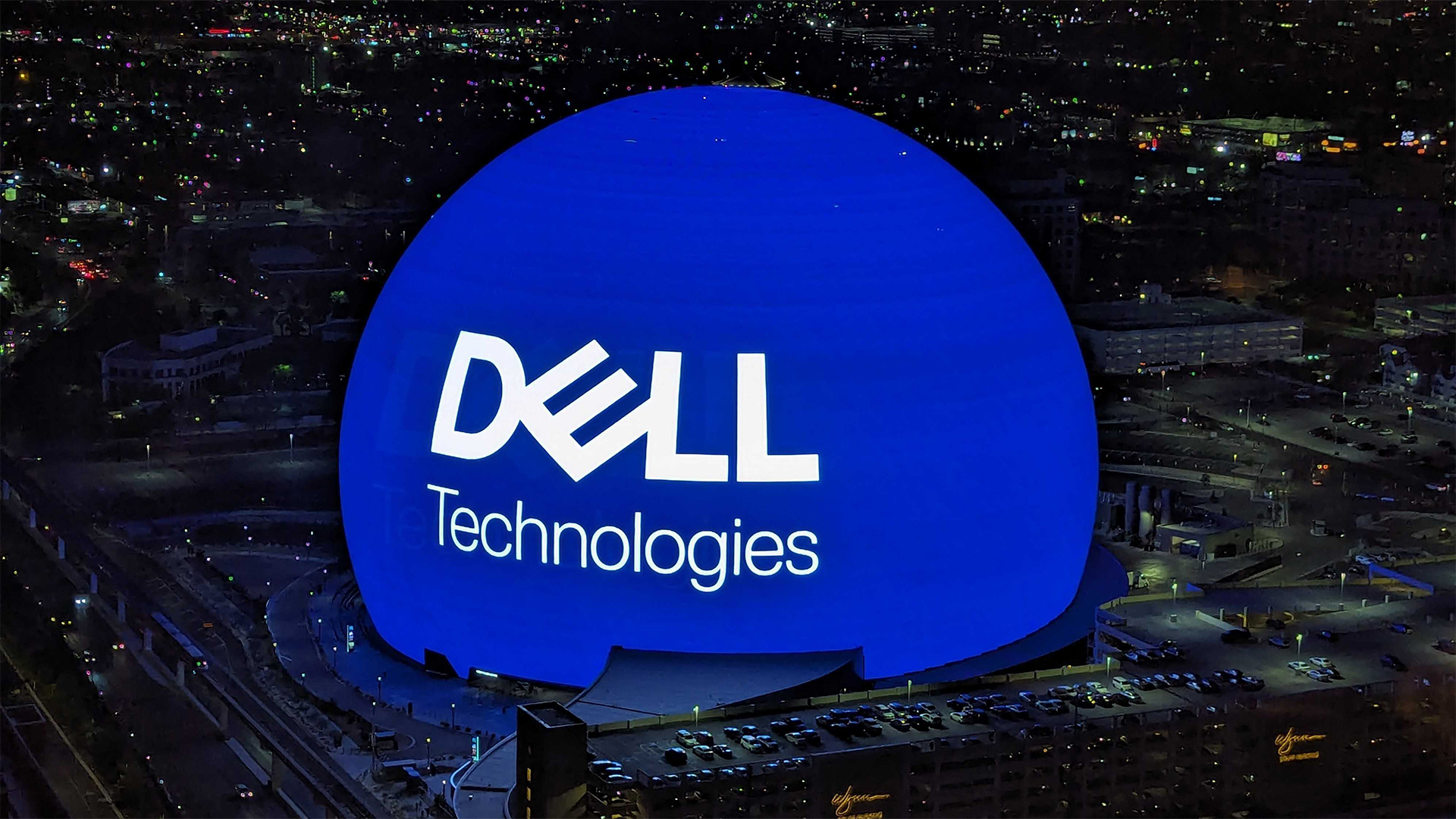 Driving employee experience and productivity across industries
Driving employee experience and productivity across industrieswhitepaper Monitors are an imperative in the hybrid era
By ITPro
